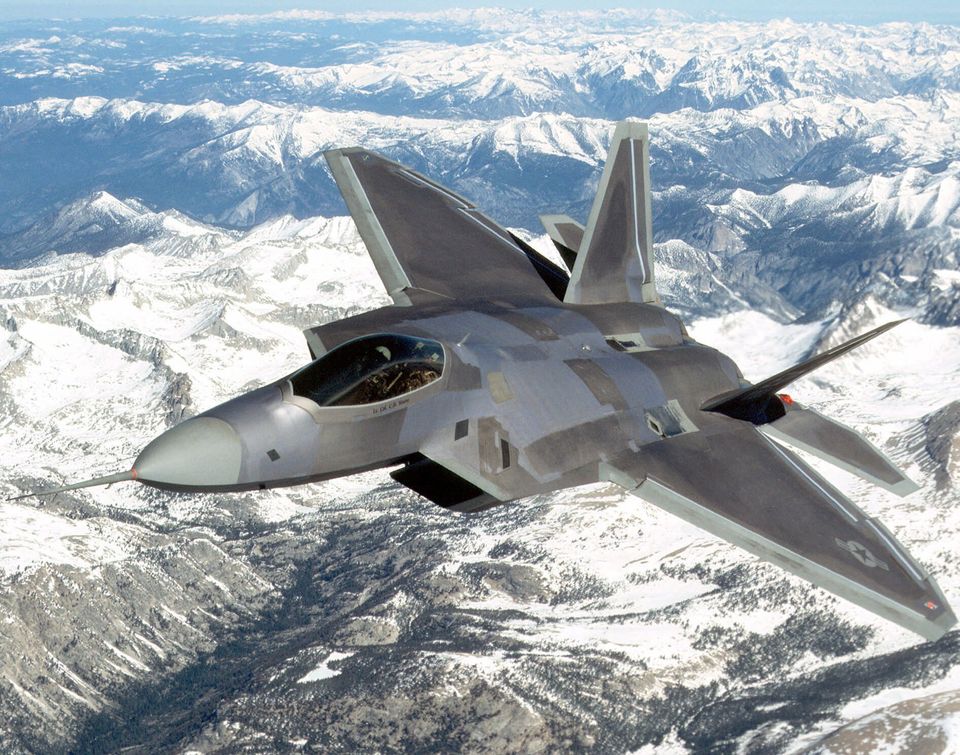
By Andrea Shalal-Esa
WASHINGTON, March 26 (Reuters) - The retiring chief of the trouble-plagued F-35 Joint Strike Fighter says he remains bullish about the hi-tech war plane, with costs soon to be further reduced as production takes off, and believes the program will transform the aerospace industry.
Tom Burbage, a former Navy test pilot and general manager of the F-35 program since its inception 12 years ago, said the $396 billion weapons program, which will create a supersonic, single-engine fighter jet for use by the United States and its allies, still made strategic sense.
Mounting budget pressures and escalating threats made the coalition and joint-service warfare of the F-35 fighter more important than ever, Burbage, a top executive with manufacturer Lockheed Martin Corp, said on Tuesday.
"The value proposition as it was stated then is even more important today," he told reporters.
The F-35's development has been hit by a spate of technical setbacks, is 70 percent over initial cost estimates, been restructured three times, and is now years behind schedule.
As a result, the United States has postponed some orders of F-35s and other nations are re-considering their plans.
Some U.S. officials are worried that any further reductions in orders by the U.S. military or allies overseas could trigger a classic death spiral in which rising costs spark reductions in orders, which in turn trigger further cost increases and so on.
Burbage, who will retire in March, said the company would soon be producing larger numbers of F-35s than any other military aircraft in recent history, which would help drive costs down further.
"We're going to wind up being very competitive in the long run," he said, adding that the F-35 already cost 50 percent less to produce than when the first planes rolled off the assembly line in Fort Worth, Texas five years ago.
Burbage said further reductions were expected in the next two production contracts now being negotiated with the Pentagon.
Pentagon officials and Lockheed have said they expect to wrap up those contract talks by this summer after long delays in the negotiations for the two previous batches of planes.
Burbage said there was a risk that further delays in U.S. orders, which had already added billions to the cost of the program, would slow cost cutting.
But he said the large number of countries involved and growing interest from additional buyers in Asia should help offset the impact of any budget-driven cuts in U.S. orders.
"It's important to get that leveraged buying power of a larger production base than just the airplanes the U.S. is buying," he said.
Along with the United States, eight countries are helping fund the F-35's development: Britain, Canada, Italy, Turkey, Australia, Denmark, Norway and the Netherlands. Israel and Japan have also placed orders.
Burbage said much of the F-35 cost-cutting will come from suppliers that produce about 70 percent of the state-of-the-art plane, a big change from earlier weapons programs, when a given prime contractors built about 70 percent of a plane.
The F-35's supply chain was spread around the world, a deliberate move aimed at ensuring continued commitment to the new weapons program by participating nations, he said.
"In many ways we're recapitalizing the aerospace and defense industry while we're recapitalizing the multi-role fighter forces," Burbage told the reporters.
Working together with Lockheed, smaller companies in the partner countries developed new ways of machining parts out of titanium, working with advanced composite materials, and processing complex engineering models, he said.
The F-35 program had led to the creation of four to five advanced composites factories around the world that would be available for work on other aerospace projects in the future.
In the Netherlands, Fokker Elmo, the company that produces the wiring harnesses for the F-35, has already parlayed its work on the F-35 into additional orders for other warplanes and military and commercial engines, Burbage said.

